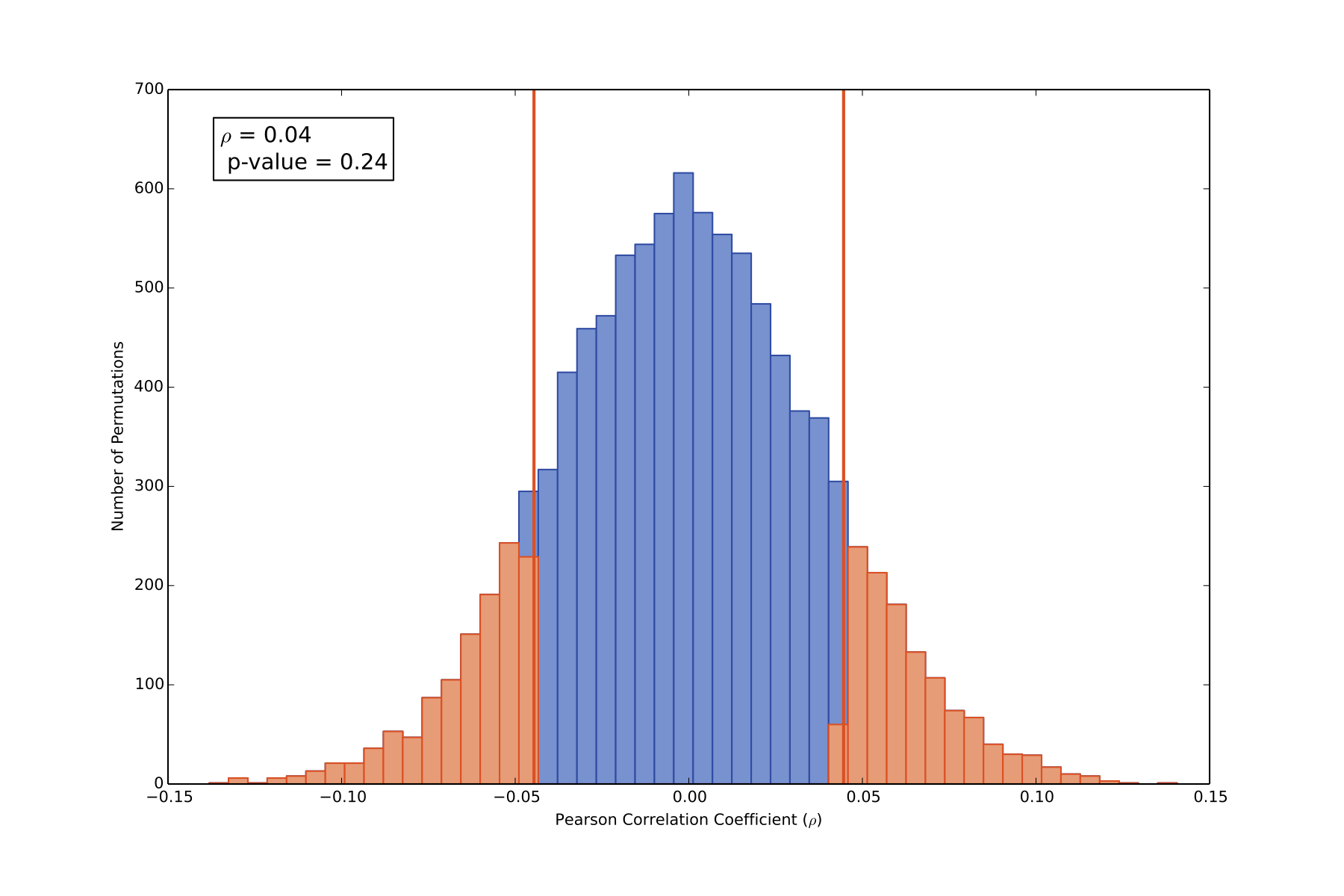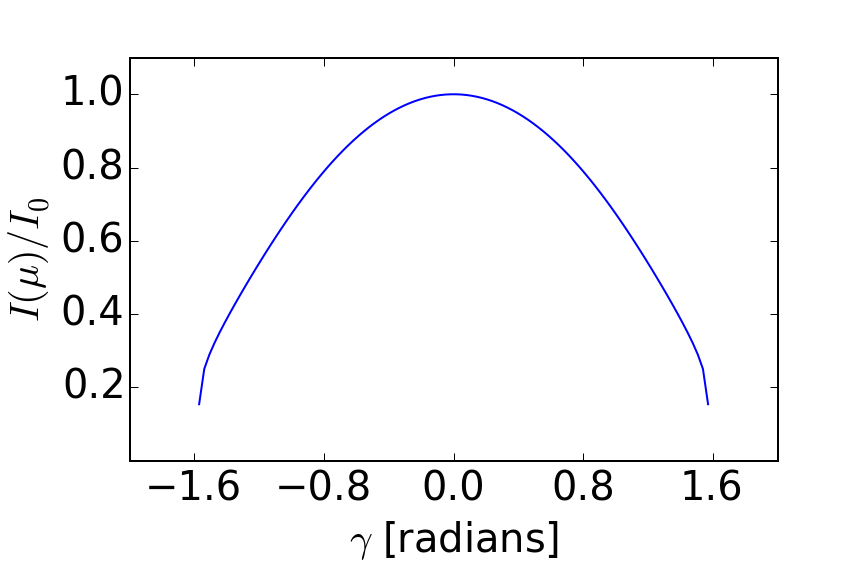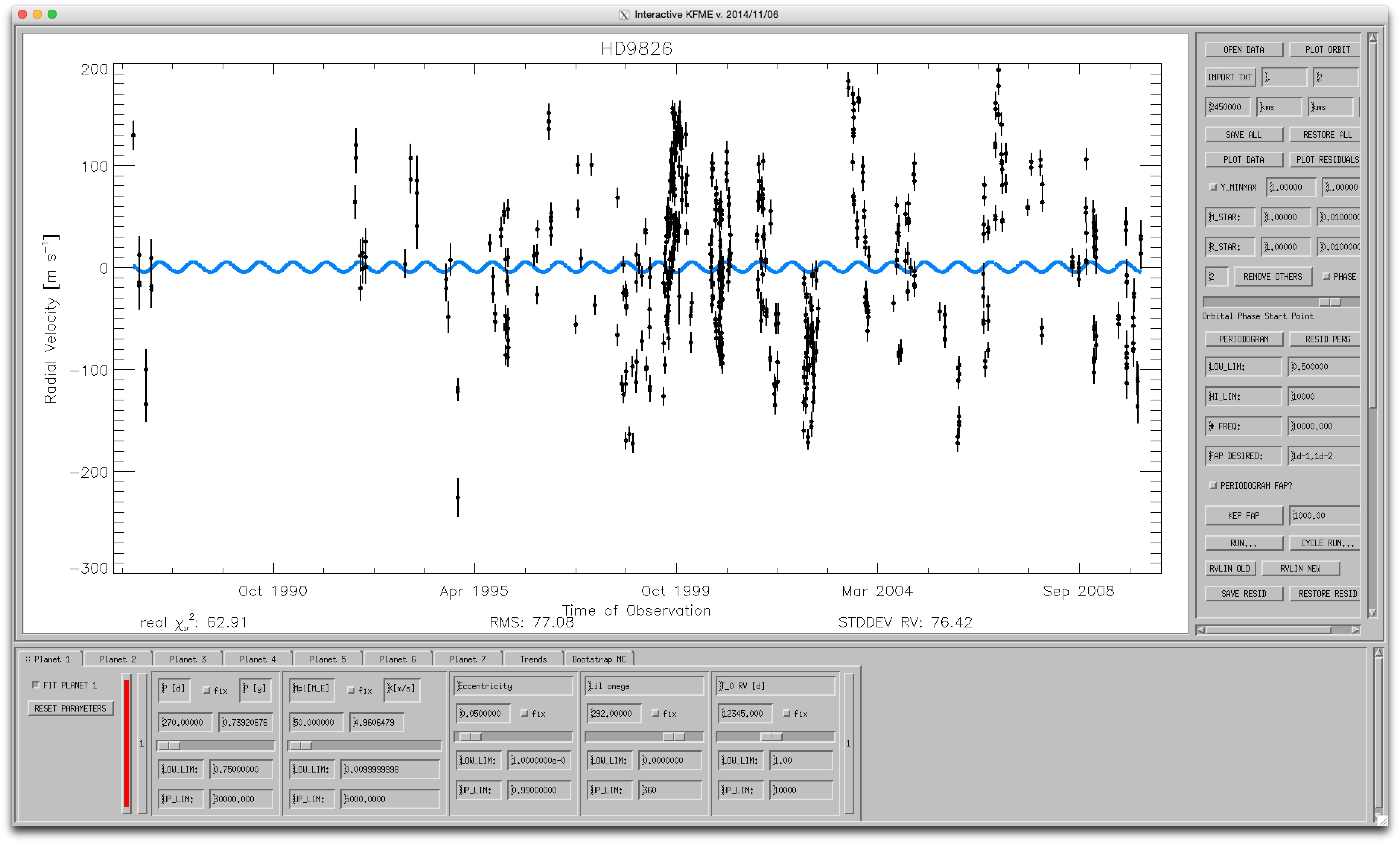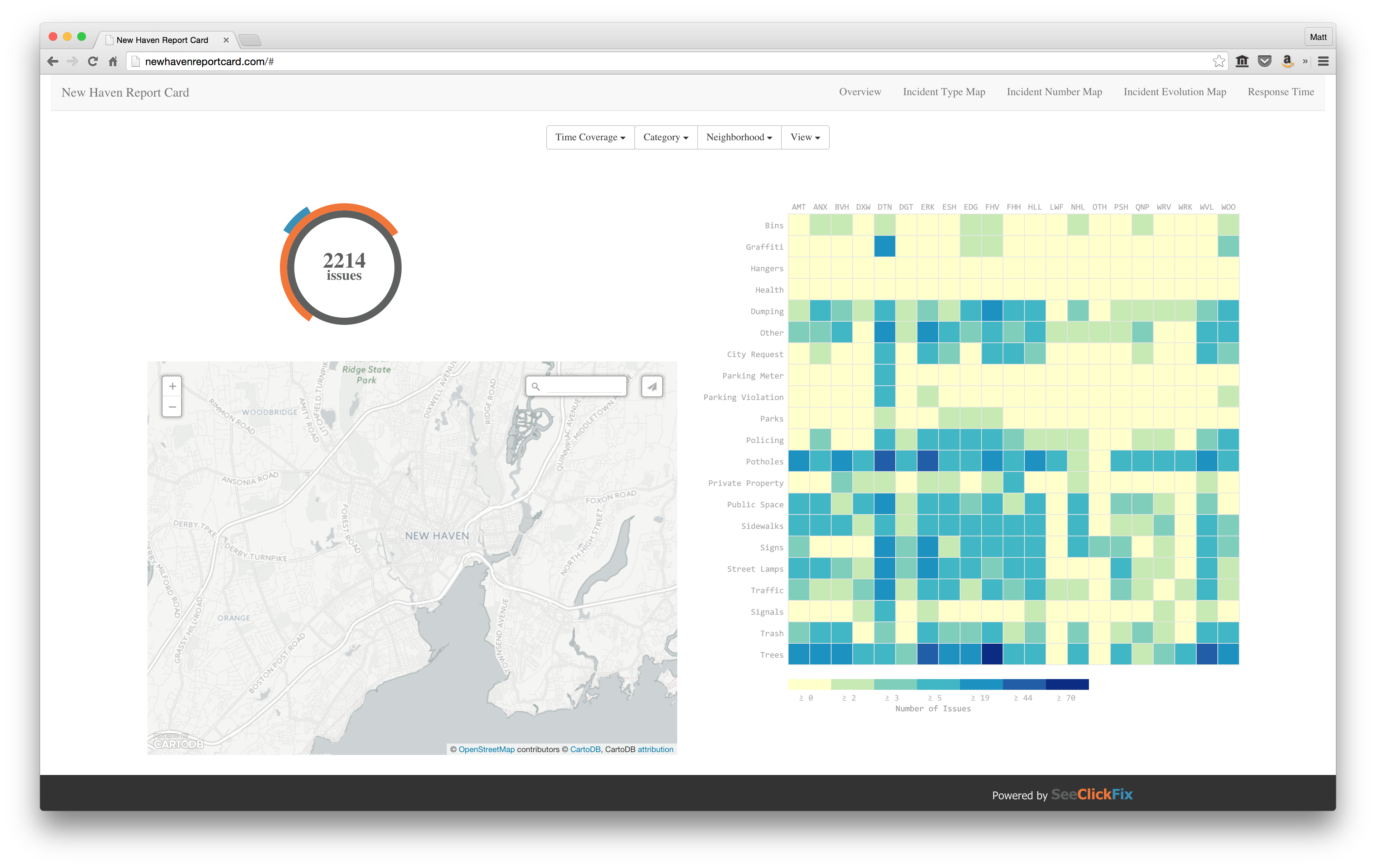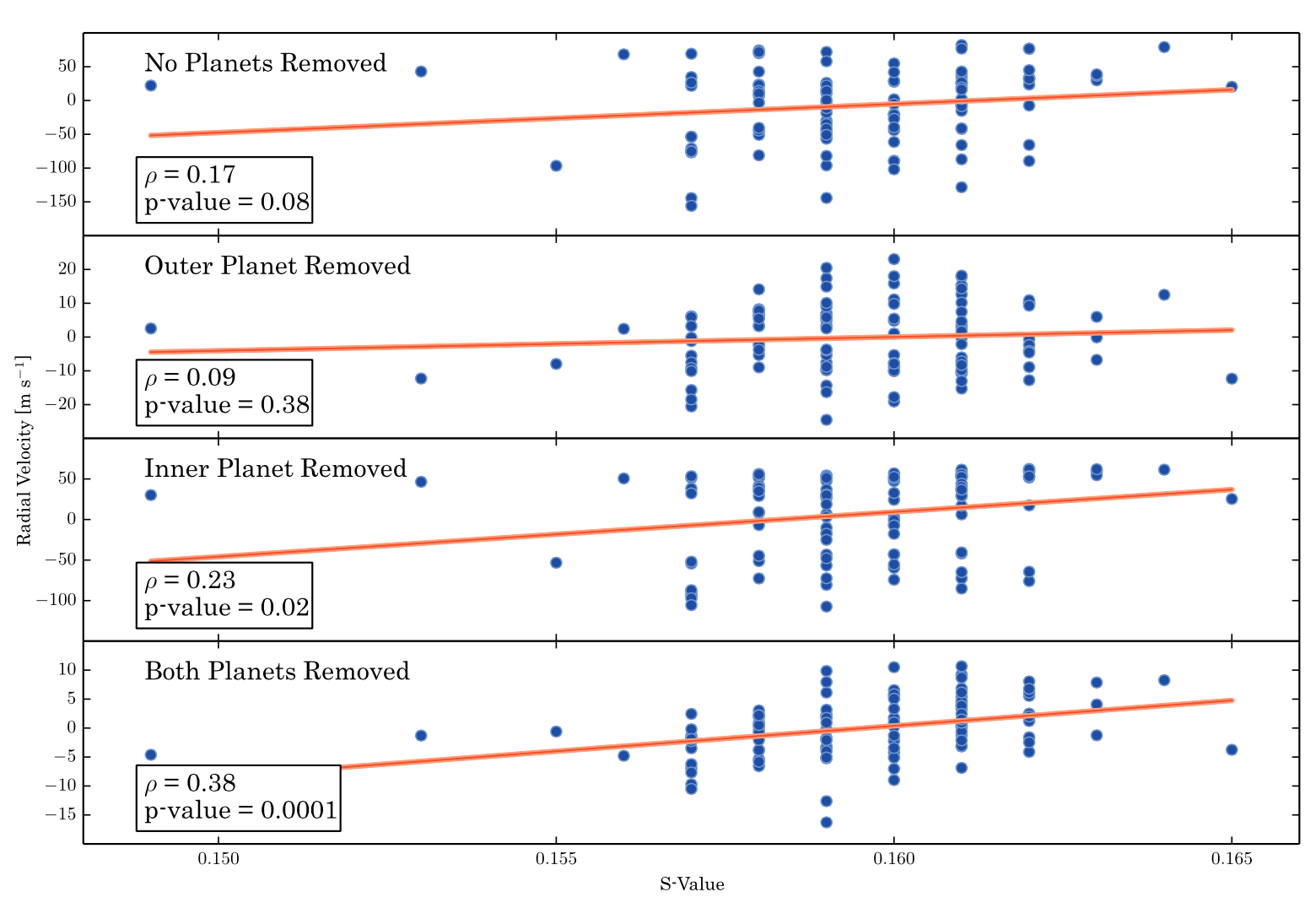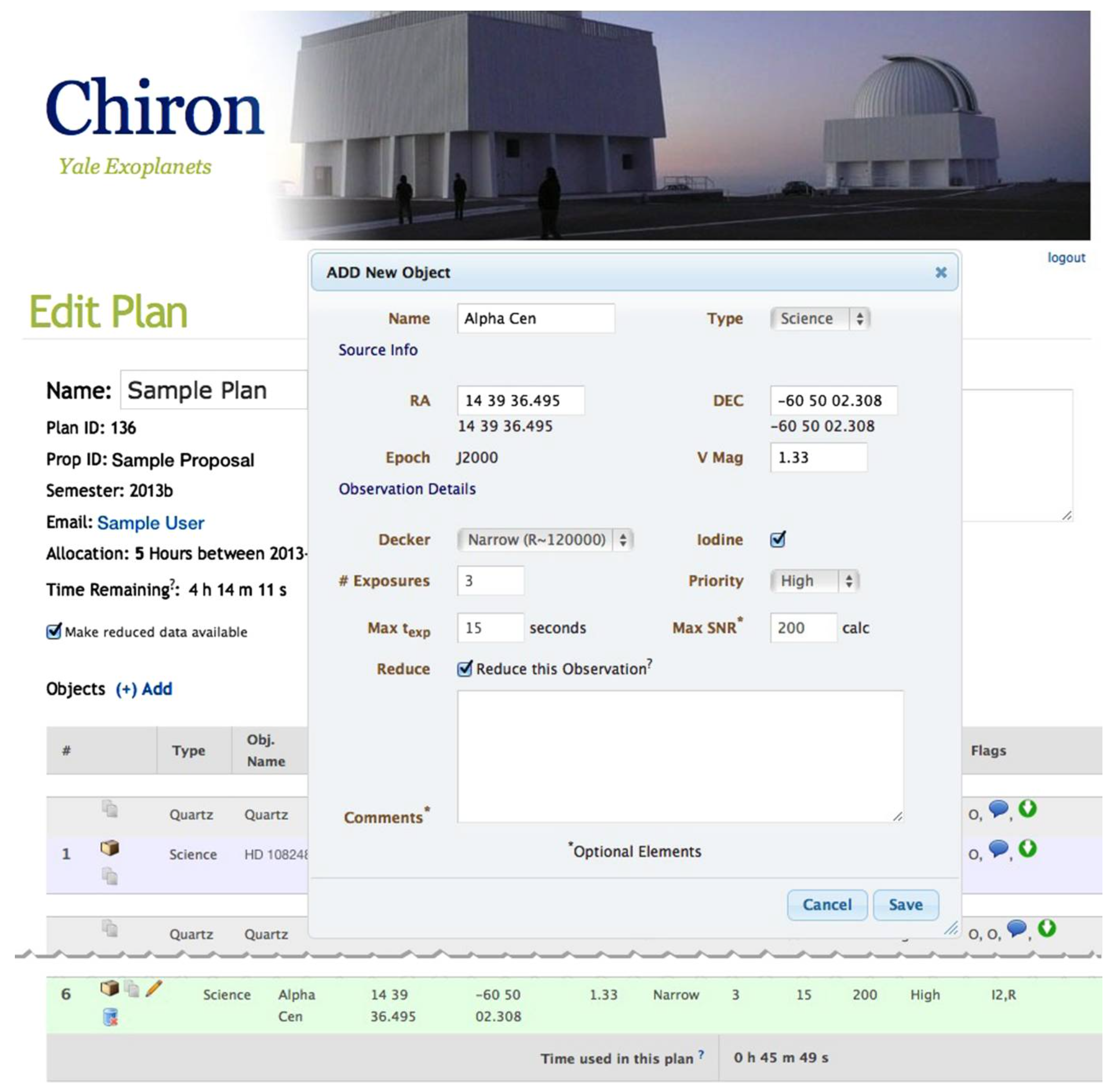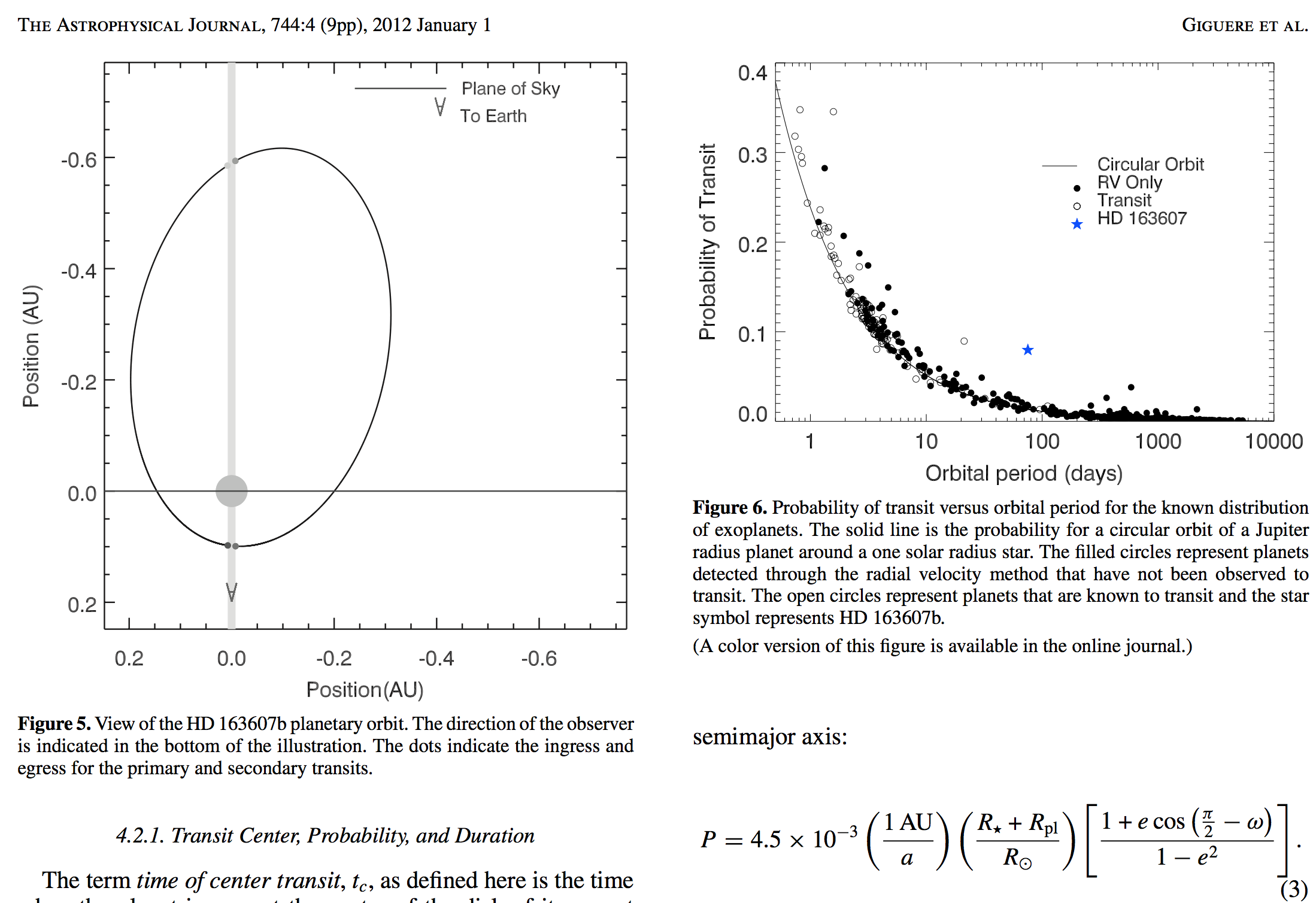A High-eccentricity Component in the Double-planet System around HD 163607 and a Planet around HD 164509
We report the detection of three new exoplanets from Keck Observatory. HD 163607 is a metal-rich G5IV star with two planets. The inner planet has an observed orbital period of 75.29 ± 0.02 days, a semi-amplitude of 51.1 ± 1.4 m s-1, an eccentricity of 0.73 ± 0.02, and a derived minimum mass of MP sin i = 0.77 ± 0.02 M Jup. This is the largest eccentricity of any known planet in a multi-planet system. The argument of periastron passage is 78.7 ± 2fdg0; consequently, the planet's closest approach to its parent star is very near the line of sight, leading to a relatively high transit probability of 8%. The outer planet has an orbital period of 3.60 ± 0.02 years, an orbital eccentricity of 0.12 ± 0.06, and a semi-amplitude of 40.4 ± 1.3 m s-1. The minimum mass is MP sin i = 2.29 ± 0.16 M Jup. HD 164509 is a metal-rich G5V star with a planet in an orbital period of 282.4 ± 3.8 days and an eccentricity of 0.26 ± 0.14. The semi-amplitude of 14.2 ± 2.7 m s-1 implies a minimum mass of 0.48 ± 0.09 M Jup. The radial velocities (RVs) of HD 164509 also exhibit a residual linear trend of -5.1 ± 0.7 m s-1 year-1, indicating the presence of an additional longer period companion in the system. Photometric observations demonstrate that HD 163607 and HD 164509 are constant in brightness to submillimagnitude levels on their RV periods. This provides strong support for planetary reflex motion as the cause of the RV variations.
Giguere, Matthew J.; Fischer, Debra A.; Howard, Andrew W.; Johnson, John A.; Henry, Gregory W.; Wright, Jason T.; Marcy, Geoffrey W.; Isaacson, Howard T.; Hou, Fengji; Spronck, Julien
The Astrophysical Journal 2012
